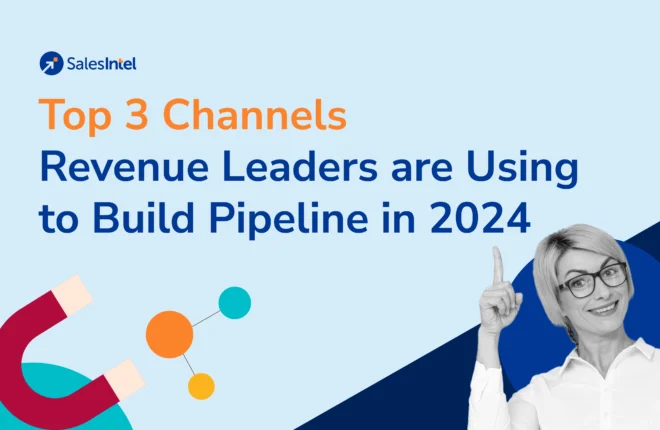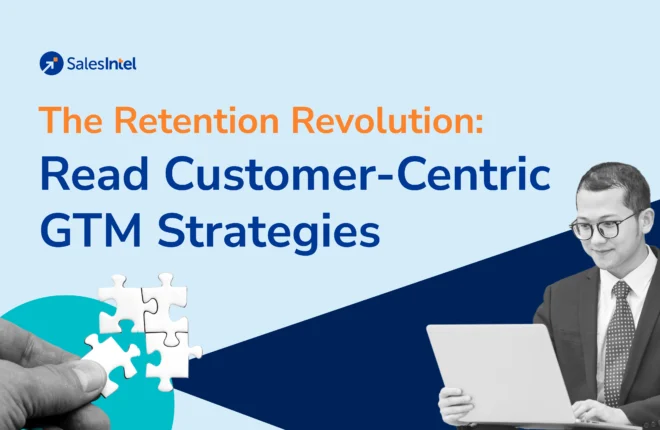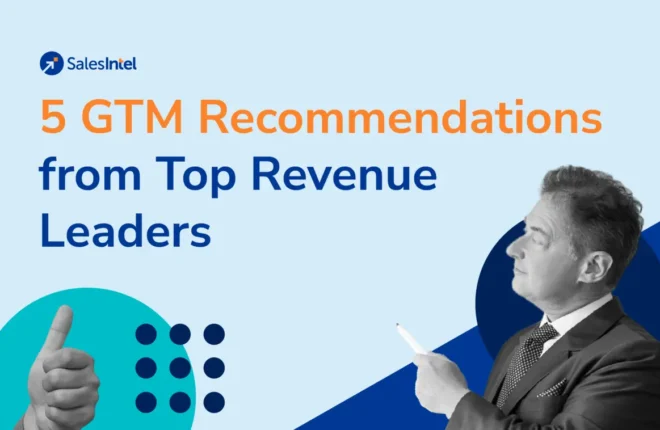Sales is an epic journey. You make your way past a series of gatekeepers and challenges in order to reach the Great Decision Maker to strike up a deal. This journey can be exhausting, and by the time you get to the supposedly all-powerful decision maker, your work still isn’t done. In fact, a recent CEB study revealed that an average of 5.4 people have to sign off on every purchase.
It’s a classic, familiar quest: to please one person, you have to talk to another person, and they lead you to someone else, and so on and so forth. Eventually, you hopefully accomplish what you originally set out to do.
Now that there are more decision makers than ever before, it’s all imperative that we find ways to reach those people efficiently rather than dancing with scarecrows, stopping by poppy fields, and discovering the truth inside of us all along.
Alongside the rise of entire networks of decision-makers are the prominence of Account Based Marketing and selling strategies. ABM strategy makes it possible to cut back on marketing waste and reach those most significant accounts quickly. Each high-value account is treated to a personalized marketing strategy, driven by an ideal customer profile. ABM has proven to be highly effective when it is done well, and that means we can’t forget about the humans behind the accounts–the men and women behind the curtain if you will.
The Persons Behind the Persona
The danger of developing and emphasizing those ICPs and Key Accounts is that we begin to view them like that: just accounts. Over time, they become corporate objects rather than dynamic organizations. We forget that companies are made up of living, breathing humans and that a handful of those humans will be the ones to grant us influence over the account that we’re holding so dear.
Mark Ogne, CEO and Founder of the ABM consortium, predicts that ABM will continue to shift from focusing on “accounts to people at accounts.” And this shift is necessary in order to reach decision-makers efficiently. Ogne explains that “the stark reality is that a target account has never bought anything.” It’s the people behind those accounts that “influence and make purchase decisions every day.”
This may seem obvious, but Ogne laments that many account-based marketers qualify and disqualify accounts without factoring in the influence of the persons behind those accounts.
Reaching Behind the Curtain
How far our reach extends actually depends largely on the process prior to personalizing any content. Engaging decision makers in the ABM process begins when you’re identifying key accounts and establishing buyer personas.
Despite the name, defining ABM targets doesn’t stop at identifying high-value accounts. Once you’ve identified high-value accounts, you should devote some time to really segmenting them. Sort them according to your data: firmographic, technographic, all that you have access to. Identify their similarities and their differences and compare them to your ICP.
That seems easy enough, but the step that often gets left out is mapping individuals to accounts. This is where you’re making connections between those target accounts and the individual people who will have power in the purchasing decision.
These stakeholders are the decision-makers you’re trying to reach, and there’s typically more than one. CEB reported that “the likelihood of a purchase drops sharply as the number of decision makers increases.” This is because when there are multiple stakeholders, all who may have veto power over purchasing, sales and marketing teams not only have to persuade each stakeholder, but also bring each one to a consensus. The larger the group, the more difficult the consensus. If not all stakeholders are persuaded, then they’re likely to just not buy at all.
CEB Executives outline this principle to the Harvard Business Review, where they explain that connecting individual stakeholders to the supplier is not enough. The best way to encourage customer consensus is “to more effectively connect customer stakeholders to one another.”
Tools to Start the Journey
How do you make these connections between stakeholders? Well, it’s difficult to know whether a company’s stakeholders are in consensus to begin with. You may have some idea from previous research, but the reality is that anything from personal beef to the state of the economy can affect how those stakeholders are already interacting before you even step on the scene.
The wisest strategy is to identify the key stakeholders, and then proceed to identify the web of relationships between them, the respective channels you may have to travel to, and the interests of each individual.
But don’t just focus on the differences between stakeholders. Since ABM is a highly personalized strategy, you may run the risk of over-personalizing content later on. What you’re trying to do is help the stakeholders understand their common ground. This common ground is based on the account persona overall, like company values, goals, and needs. Make sure each person knows the same big picture objective that your product addresses and why it’s important for their organization as a whole.
It may sound like a lengthy process, but identifying respective stakeholders and finding common motivations doesn’t have to be a chore. Put down the red string and step away from the corkboard. You have more technology in your service than ever before!
It’s easy enough to find basic information on a company’s website or social pages like LinkedIn. The more challenging part proves to be reaching those decision-makers behind the company principles. One tool that can help you find the contact information you need quickly and easily is SalesIntel’s new Google Chrome extension.
With the SalesIntel extension, you only need to go to a company website or LinkedIn page and select the extension to see the associated contacts provided by SalesIntel. The use of this extension is unlimited and free, and sure beats the endless games of guessing emails, social messages, and phone transferring we often play just to reach a decision maker.
Make Some Connections, Reach Some Consensus
The journey to stakeholder consensus begins with traveling to the stakeholders. Make sure that you’re taking the fastest route, and know that you’ll be more than likely meet even more decision-makers along the way. Get these decision makers on the same page so that you can continue on to consensus, and don’t be afraid to use the data and tools available to you to make that happen.




